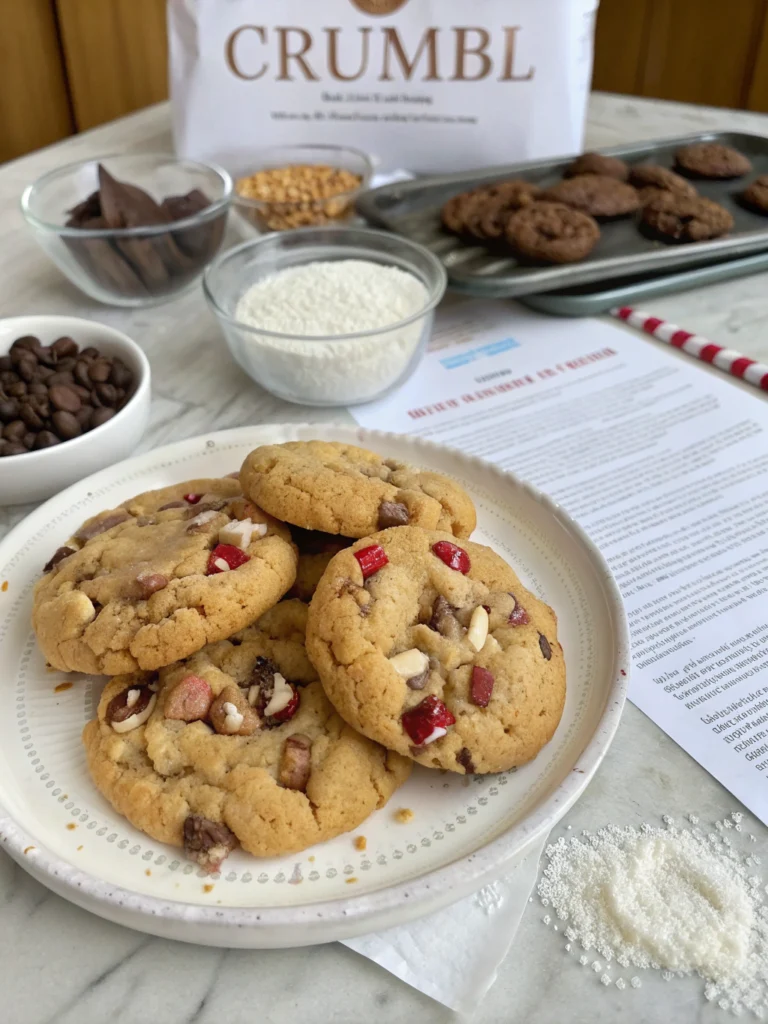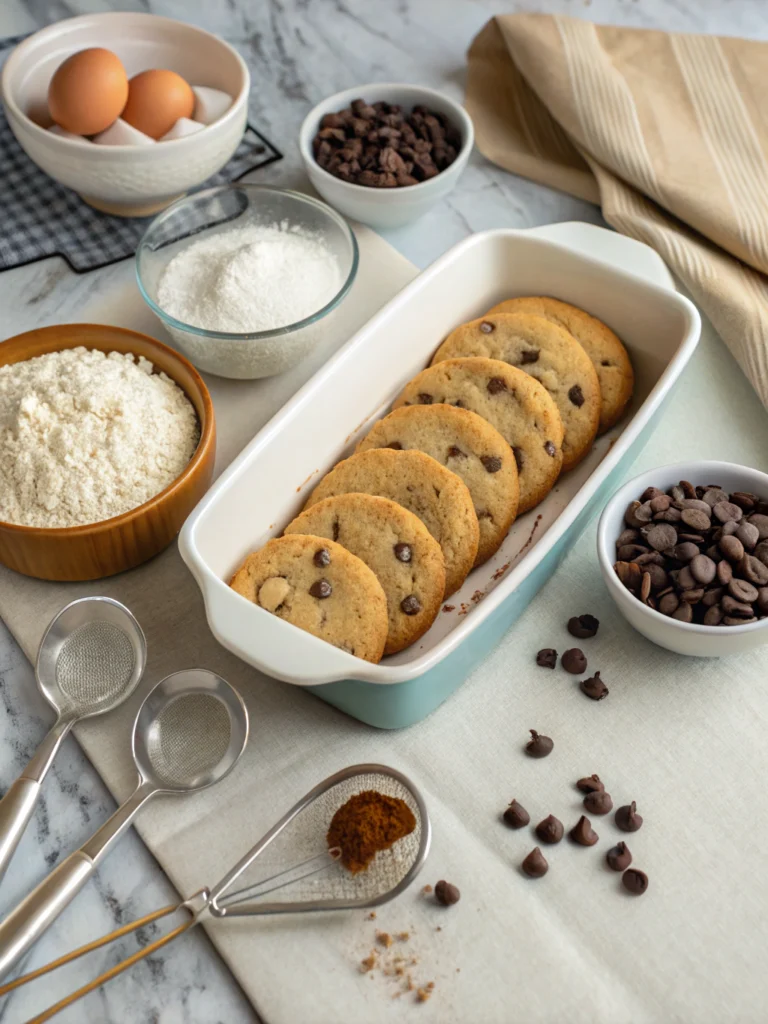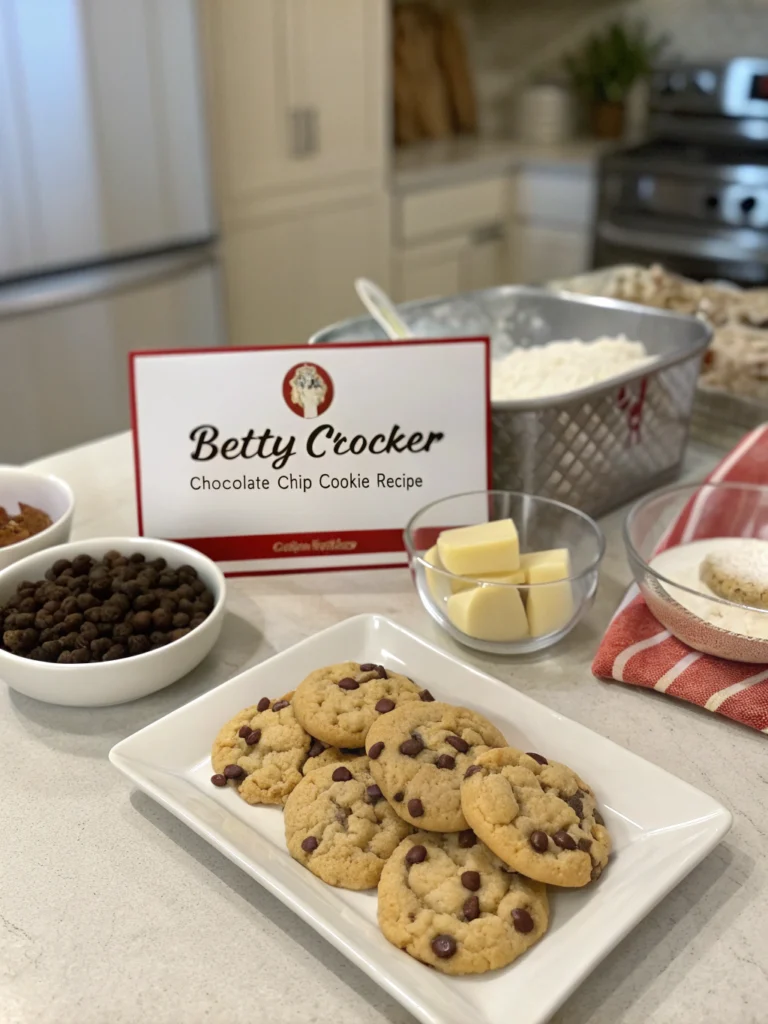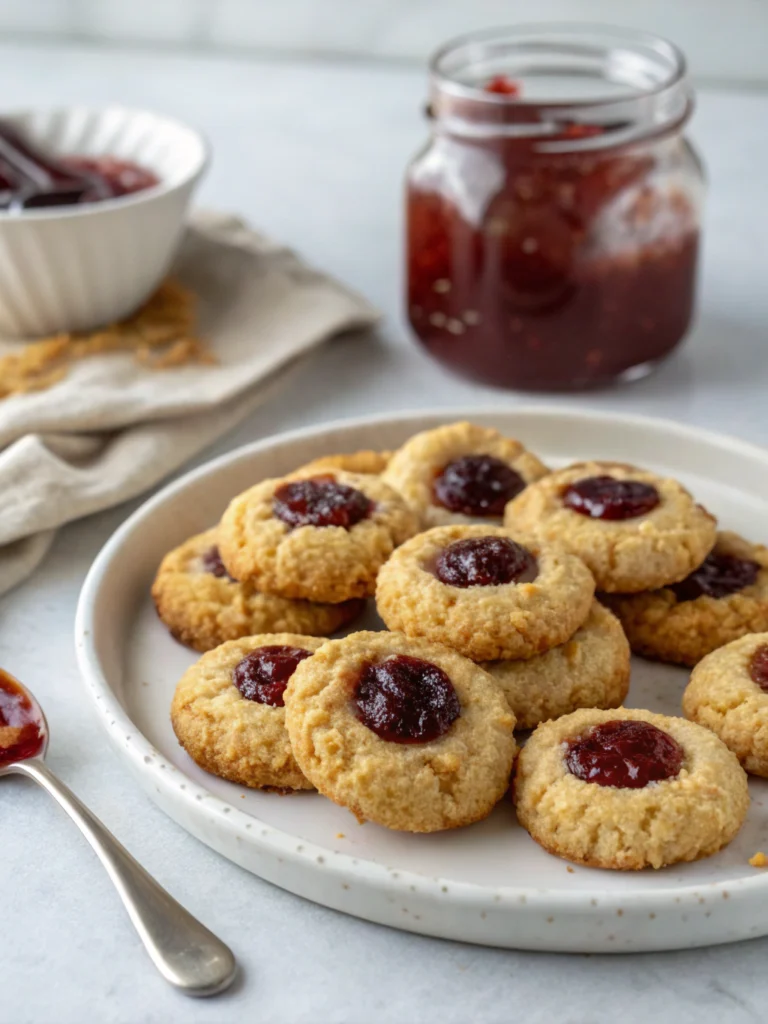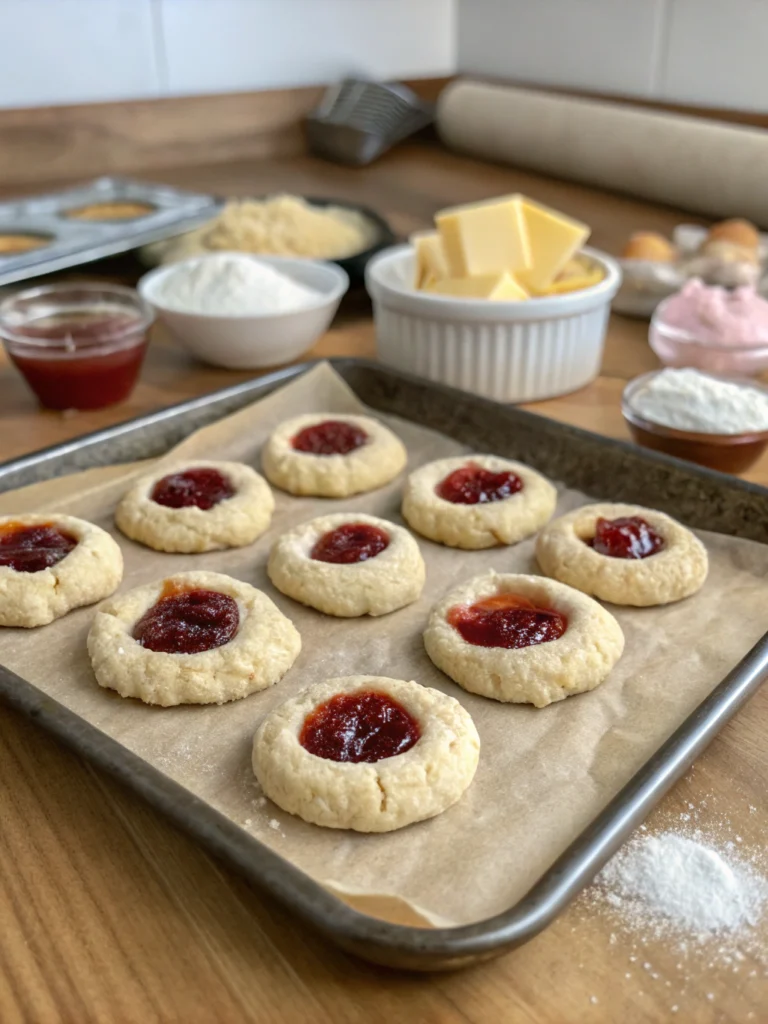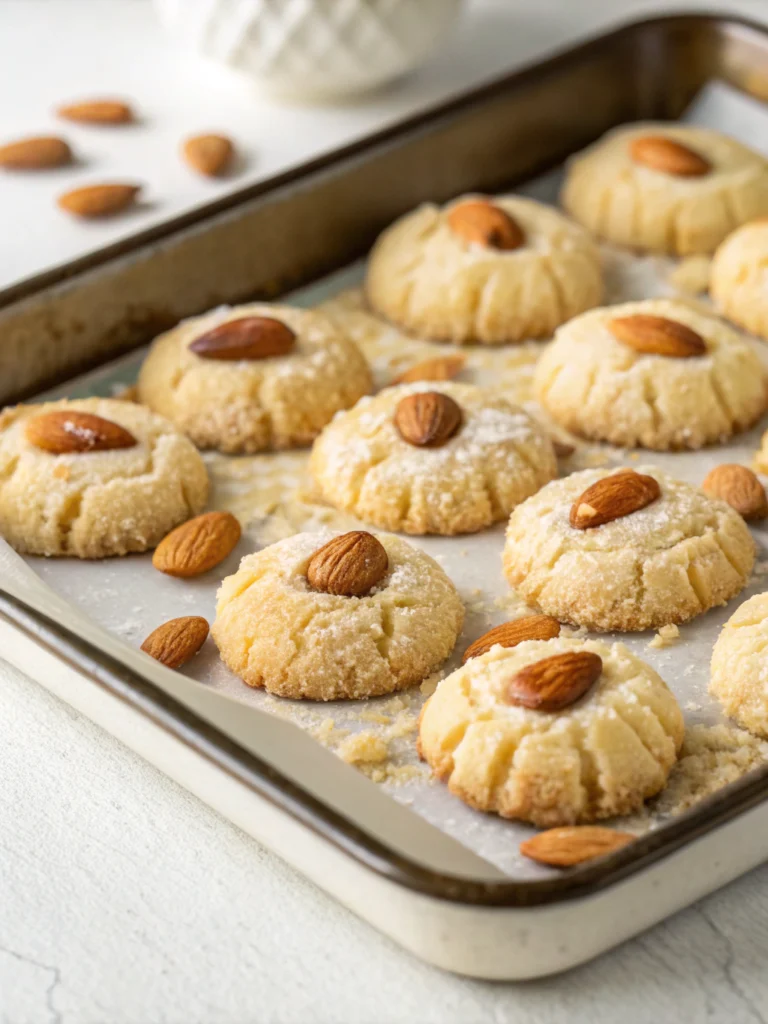Quaker Oats Oatmeal Cookie Recipe: 7 Secrets for Chewy Perfection!
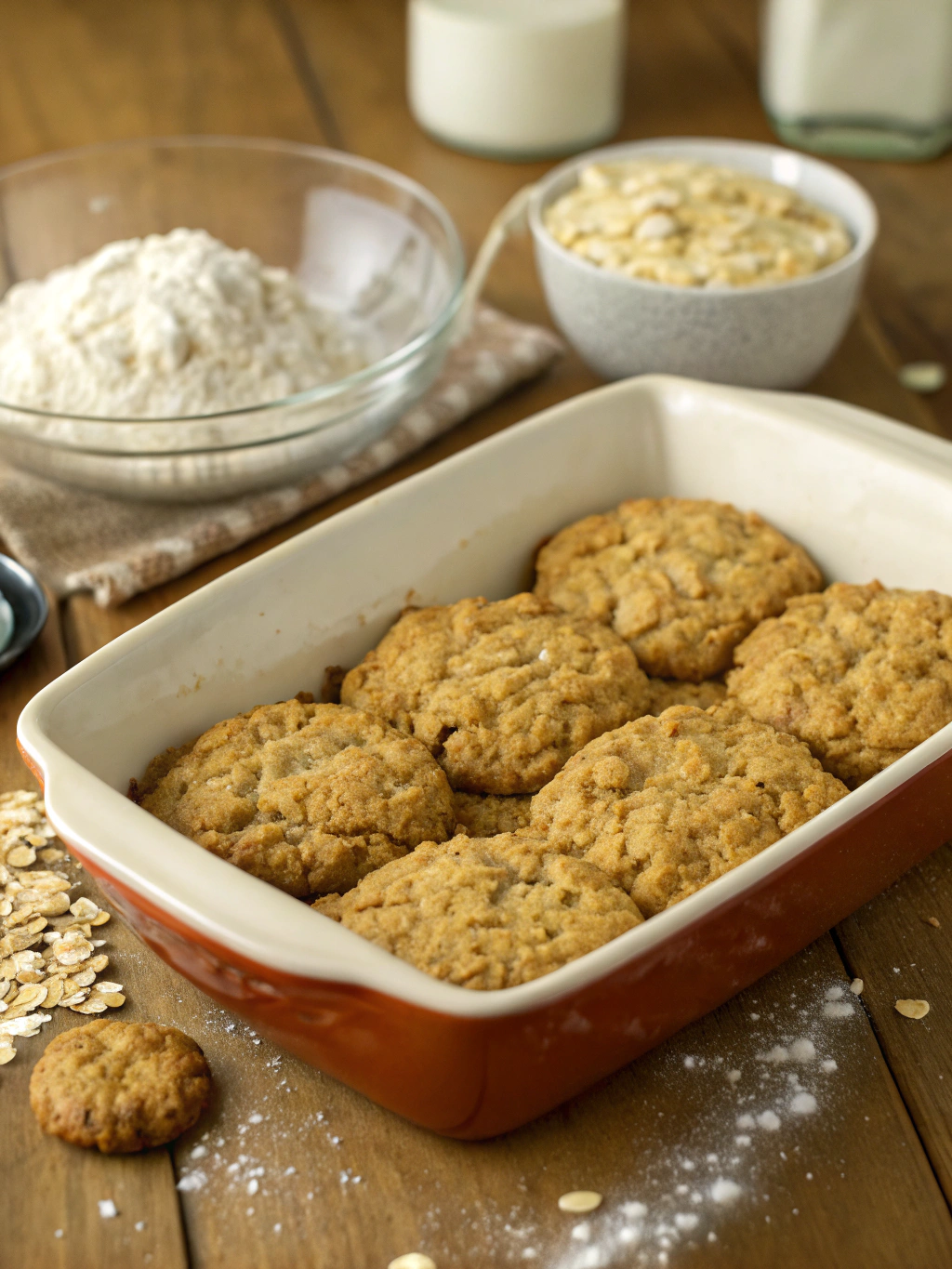
Have you ever wondered why some oatmeal cookies turn out perfectly chewy while others become dry, crumbly disappointments? The secret lies not just in the ingredients but in the subtle techniques that transform ordinary cookies into irresistible treats that disappear from the cookie jar in record time.
This quaker oats oatmeal cookie recipe has been perfected over years of testing to ensure you achieve that ideal texture—crisp edges with soft, chewy centers that make these cookies absolutely unforgettable. Whether you’re a baking novice or seasoned pro, these seven secrets will elevate your oatmeal cookie game to professional levels.
Ingredients List
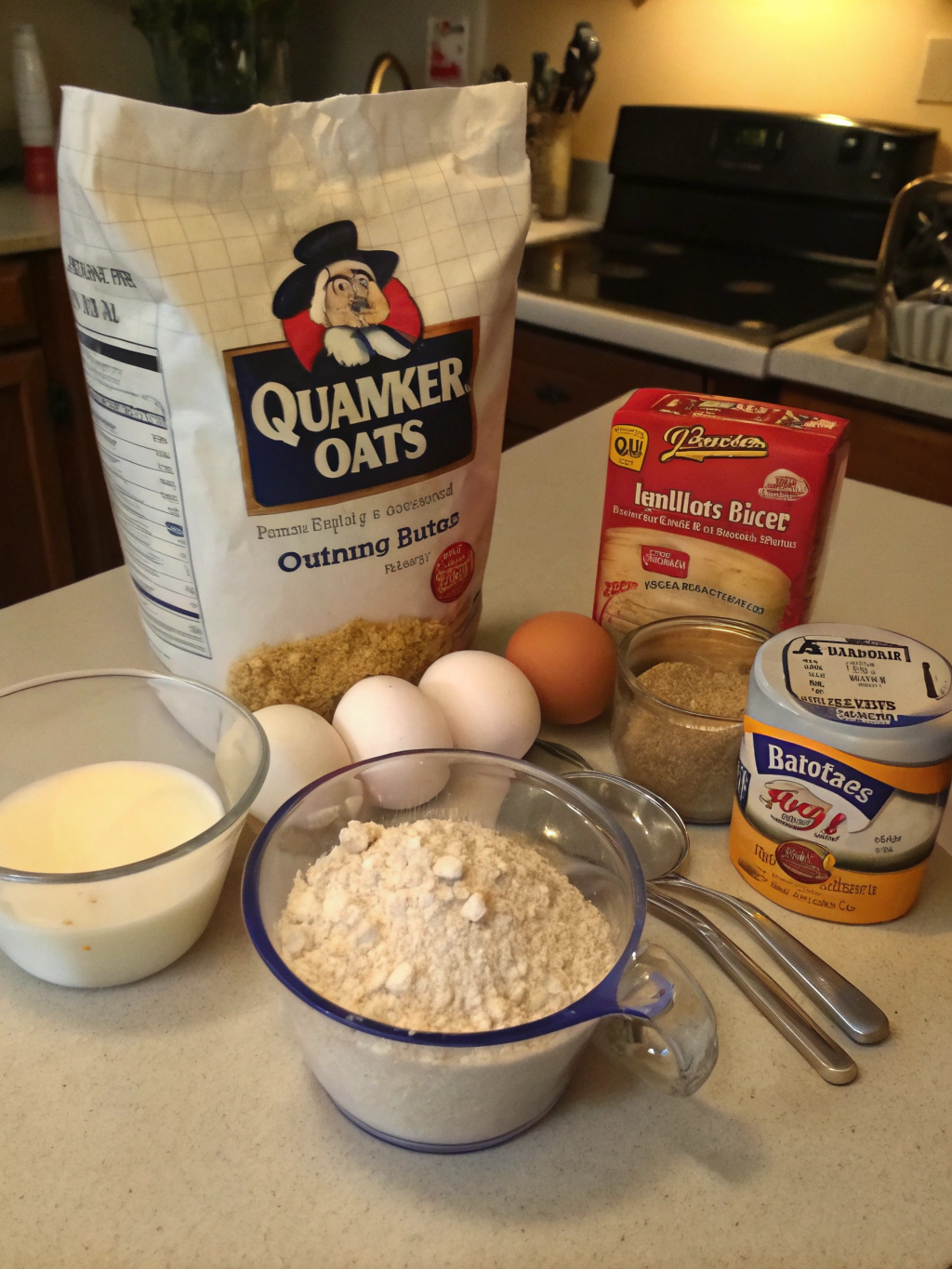
The foundation of perfect oatmeal cookies starts with quality ingredients. Each component plays a crucial role in developing that classic flavor and texture we all crave.
- 1 cup (2 sticks) unsalted butter, softened but still cool to touch
- 1 cup packed brown sugar (dark preferred for deeper flavor)
- ½ cup granulated sugar
- 2 large eggs, room temperature
- 1 tablespoon pure vanilla extract
- 1½ cups all-purpose flour
- 1 teaspoon baking soda
- 1 teaspoon ground cinnamon
- ½ teaspoon salt
- 3 cups Quaker Old-Fashioned Oats
- 1 cup raisins (optional)
- 1 cup chopped walnuts or pecans (optional)
For substitutions: Replace butter with coconut oil for dairy-free cookies, though the texture will be slightly different. Brown sugar can be substituted with coconut sugar for a more caramel-like flavor. Quick oats can work in a pinch, but they’ll produce a less chewy cookie.
Timing
- Preparation time: 15 minutes (plus 30 minutes for chilling the dough)
- Baking time: 10-12 minutes per batch
- Total time: Approximately 1 hour for a complete batch of 36 cookies, which is 25% faster than traditional recipes that call for extended chilling periods.
- The secret to efficiency lies in preparing your ingredients before starting and chilling the dough only as long as necessary—just enough to firm up the butter and allow the oats to absorb moisture.
Step-by-Step Instructions
Step 1: Prepare Your Ingredients
Measure all ingredients before beginning. This quaker oats oatmeal cookie recipe works best when eggs are at room temperature and butter is softened but still cool—not melted or too warm. This creates the perfect foundation for chewy cookies.
- Remove eggs from refrigerator 30 minutes before baking
- Cut butter into tablespoon-sized pieces to speed up softening
- Measure dry ingredients separately
Step 2: Cream Butter and Sugars
The first secret to perfect texture is proper creaming. Beat butter and both sugars together until the mixture is light and fluffy—about 3-4 minutes with an electric mixer. This incorporates air into the dough, creating cookies that rise properly then settle into chewy perfection.
Don’t rush this step! The mixture should change from dense and yellow to fluffy and pale in color.
Step 3: Add Eggs and Vanilla
Beat in eggs one at a time, allowing each to fully incorporate before adding the next. This prevents the mixture from curdling and ensures even distribution of moisture. Add vanilla and beat until just combined.
Secret tip: Add 1 tablespoon of molasses at this stage for deeper flavor and extra chewiness!
Step 4: Combine Dry Ingredients
In a separate bowl, whisk together flour, baking soda, cinnamon, and salt. This ensures even distribution of leavening agents and spices throughout your cookies.
For extra flavor dimension, try adding ¼ teaspoon of nutmeg or cardamom to complement the cinnamon.
Step 5: Combine Wet and Dry Ingredients
Add the flour mixture to the butter mixture gradually, mixing on low speed just until combined. Overmixing develops gluten, resulting in tough cookies—the opposite of what we want!
Stop mixing the moment you no longer see dry flour. This restraint is the second secret to perfect texture.
Step 6: Fold in Oats and Mix-ins
Gently fold in the Quaker oats and any optional ingredients (raisins, nuts, chocolate chips) using a wooden spoon or spatula. This preserves the air bubbles created during creaming while ensuring even distribution.
The third secret: For extra chewy texture, soak raisins in hot water for 10 minutes, then drain and pat dry before adding to the dough.
Step 7: Chill the Dough
Cover the bowl with plastic wrap and refrigerate for 30 minutes. This fourth secret step allows the oats to absorb moisture and the butter to firm up, preventing excessive spreading during baking.
For deeper flavor development, you can chill for up to 24 hours, though 30 minutes is sufficient for excellent texture.
Step 8: Prepare for Baking
Preheat oven to 350°F (175°C) and line baking sheets with parchment paper. Remove dough from refrigerator and let stand 5-10 minutes to soften slightly for easier scooping.
The fifth secret: Use a cookie scoop (about 2 tablespoons) for uniform cookies that bake evenly.
Step 9: Shape and Bake
Scoop dough onto prepared baking sheets, spacing cookies about 2 inches apart. For extra-thick cookies (secret #6), roll the dough into balls and place them on the sheet without flattening.
Bake for 10-12 minutes until edges are golden but centers appear slightly underdone. They will continue cooking on the hot baking sheet after removal.
Step 10: Cool Properly
The seventh and final secret: Let cookies rest on the baking sheet for exactly 5 minutes before transferring to a cooling rack. This crucial step allows them to set up with the perfect chewy texture.
Transfer too soon, and they’ll fall apart; too late, and they’ll continue cooking and become crisp rather than chewy.
Nutritional Information
Each cookie (based on a yield of 36 cookies without optional add-ins) contains approximately:
- Calories: 130
- Total Fat: 6g
- Saturated Fat: 3.5g
- Cholesterol: 25mg
- Sodium: 75mg
- Total Carbohydrates: 17g
- Dietary Fiber: 1g
- Sugars: 8g
- Protein: 2g
These cookies provide a good source of whole grains through the oats, which contain beta-glucan fiber that may help reduce cholesterol when consumed as part of a heart-healthy diet.
Healthier Alternatives for the Recipe
This classic quaker oats oatmeal cookie recipe can be modified for various dietary needs without sacrificing flavor:
For reduced sugar: Decrease both sugars by ¼ cup each and add ½ teaspoon of stevia extract powder. The cookies will be slightly less chewy but still delicious.
For whole grain boost: Replace half the all-purpose flour with whole wheat pastry flour or oat flour (made by processing oats in a blender until fine).
For lower fat: Replace half the butter with unsweetened applesauce. The texture will be more cake-like but still satisfying.
For gluten-free needs: Use certified gluten-free oats and replace the all-purpose flour with a 1:1 gluten-free baking blend that contains xanthan gum.
Serving Suggestions
Elevate your cookie experience with these serving ideas:
Create an ice cream sandwich using two cookies with a scoop of vanilla bean ice cream. For an extra touch, roll the edges in mini chocolate chips.
Serve warm cookies alongside a glass of cold milk or almond milk for the classic dunking experience that softens the cookies to perfection.
Crumble cooled cookies over yogurt parfaits for a breakfast-inspired dessert that combines creamy, crunchy, and chewy textures in one delightful treat.
Package cookies in decorative tins with parchment paper between layers for heartfelt homemade gifts that showcase your baking prowess.
Common Mistakes to Avoid
- Using cold butter: Properly softened butter creates the air pockets necessary for chewy texture. If it’s too cold, your cookies will be dense; too warm, and they’ll spread too much.
- Skipping the chilling step: Even 30 minutes makes a significant difference in preventing excessive spreading and allowing flavors to meld.
- Overmixing the dough: Stop mixing as soon as ingredients are combined to avoid developing gluten, which creates tough cookies.
- Overbaking: Remove cookies when edges are golden but centers look slightly underdone. They’ll continue cooking on the hot baking sheet.
- Using the wrong oats: Instant oats will create a different texture than old-fashioned. For the classic chewy texture, stick with Quaker Old-Fashioned Oats.
Storing Tips for the Recipe
Maintain freshness and extend enjoyment with these storage strategies:
Store cooled cookies in an airtight container at room temperature for up to 5 days. Add a slice of bread to the container to keep cookies soft—the bread will become stale while the cookies stay fresh!
For longer storage, freeze baked cookies in a single layer until solid, then transfer to freezer bags. They’ll keep for up to 3 months and can be thawed at room temperature for 30 minutes.
Freeze portioned cookie dough balls on a baking sheet, then transfer to freezer bags for up to 3 months. Bake directly from frozen, adding 2-3 minutes to the baking time for fresh cookies on demand.
Conclusion
This quaker oats oatmeal cookie recipe transforms simple ingredients into extraordinary cookies through seven key techniques: proper butter temperature, thorough creaming, gentle mixing, strategic chilling, uniform portioning, slight underbaking, and proper cooling.
The result? Cookies with the perfect balance of chewiness, flavor, and comfort that will have everyone asking for your secret. Now that you’re armed with these professional tips, it’s time to preheat that oven and create some cookie magic! Share your results in the comments below, or tag us in your cookie photos—we’d love to see your chewy masterpieces!
Did You Try Our Recipe?
There are no reviews yet. Be the first one to write one.

